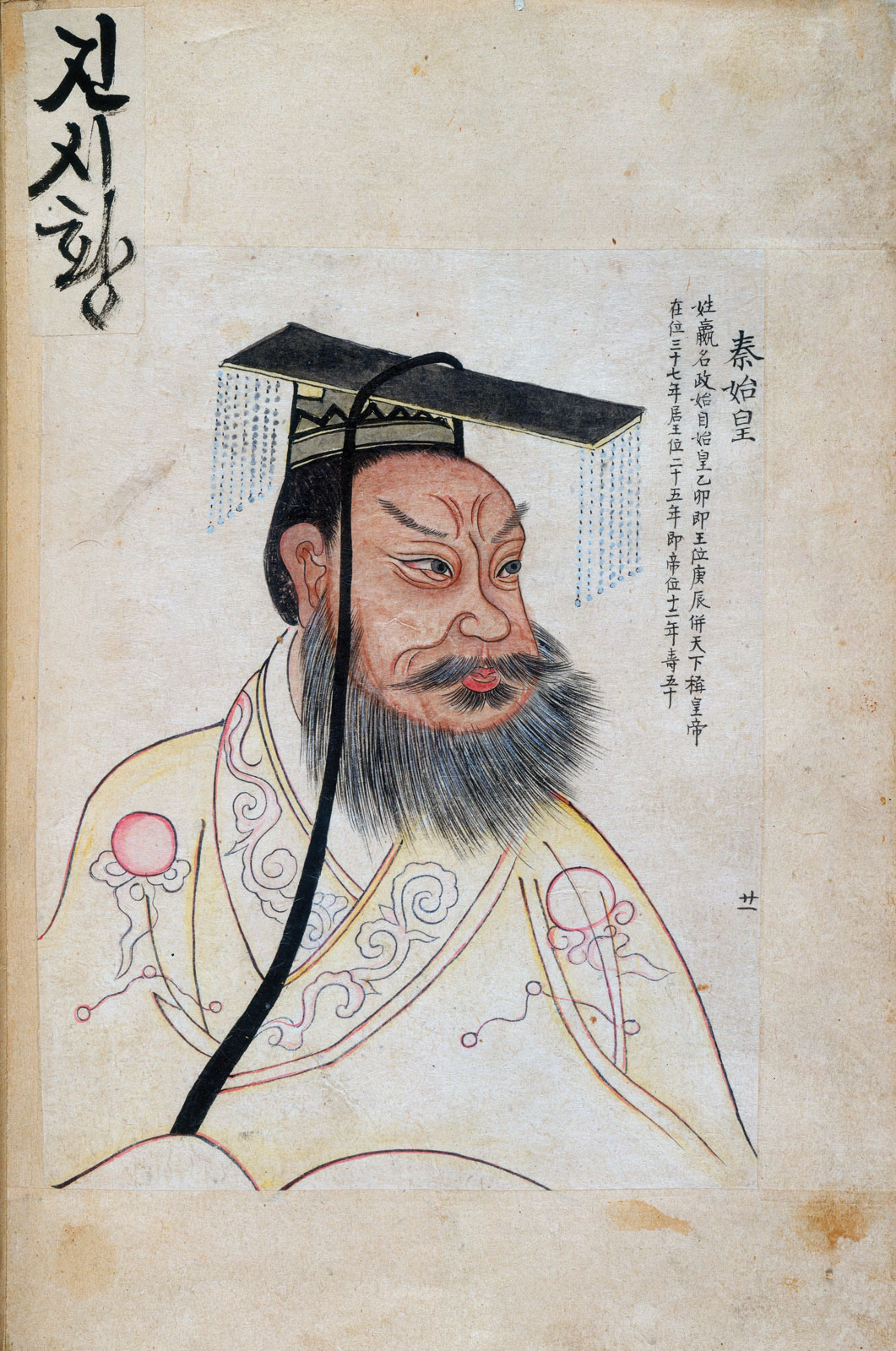
 (1655–1722). One of China’s most capable rulers, the Kangxi (or K’ang-hsi) emperor laid the foundation for a long period of Chinese political stability and prosperity. He was emperor of China from 1661 to 1722, the second emperor of the Qing (Manchu) dynasty. During his long reign, the Kangxi emperor expanded the empire to the north and extended Chinese control over Tibet. He also opened four Chinese ports to foreign trade. The emperor encouraged the introduction of Western learning and arts into China and allowed Jesuits to spread Roman Catholicism there.
(1655–1722). One of China’s most capable rulers, the Kangxi (or K’ang-hsi) emperor laid the foundation for a long period of Chinese political stability and prosperity. He was emperor of China from 1661 to 1722, the second emperor of the Qing (Manchu) dynasty. During his long reign, the Kangxi emperor expanded the empire to the north and extended Chinese control over Tibet. He also opened four Chinese ports to foreign trade. The emperor encouraged the introduction of Western learning and arts into China and allowed Jesuits to spread Roman Catholicism there.
Kangxi. (2016). In Encyclopædia Britannica.
 (551–479 BC). For more than 2,000 years, the people of China have been guided by the principles of Confucius. He was a teacher and philosopher who lived in ancient China. His teachings are known as Confucianism. Confucianism is a philosophy based on kindness, love and respect. Confucianism serves as a way of life, a source of values, as well as a social code for its followers.
(551–479 BC). For more than 2,000 years, the people of China have been guided by the principles of Confucius. He was a teacher and philosopher who lived in ancient China. His teachings are known as Confucianism. Confucianism is a philosophy based on kindness, love and respect. Confucianism serves as a way of life, a source of values, as well as a social code for its followers.
Confucius. (2016). In Encyclopædia Britannica.
 (259 BC–210 BC). The founder of the Qin dynasty, Shihuangdi (or Shih-huang-ti) created the first unified Chinese empire. He reigned as emperor of China from 221 BC until he died in 210 BC. The empire Shihuangdi founded collapsed, however, less than four years after his death.
(259 BC–210 BC). The founder of the Qin dynasty, Shihuangdi (or Shih-huang-ti) created the first unified Chinese empire. He reigned as emperor of China from 221 BC until he died in 210 BC. The empire Shihuangdi founded collapsed, however, less than four years after his death.
Shihuangdi. (2016). In Encyclopædia Britannica.